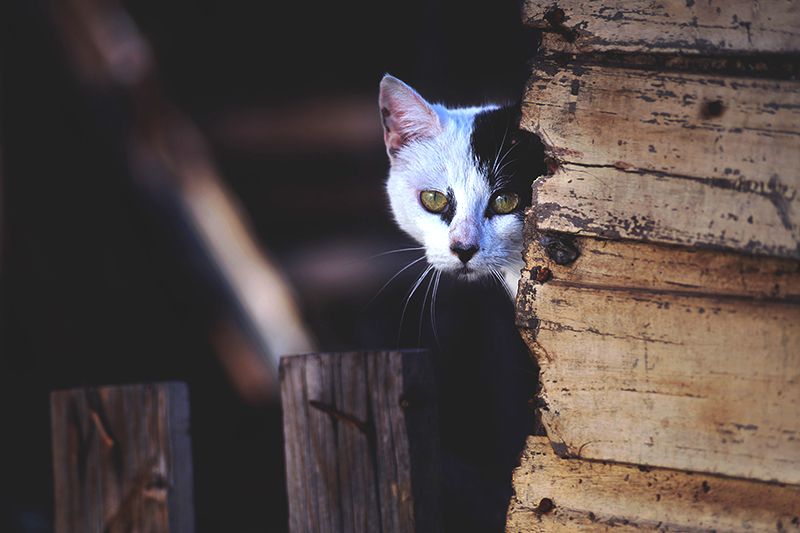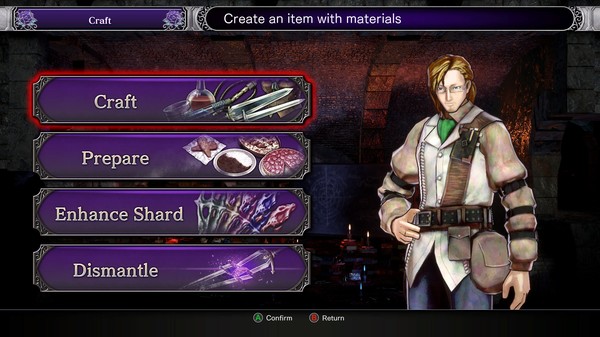
Do you ever look at popular games and think “How did they do it?” Why are they so popular? How can I do that too? Should I be Tweeting more? (Hint: probably not).
I want to teach you a couple tricks to deconstruct how those popular games get so damn popular.
First find the right game
I always recommend you find at least 3 games that are similar to yours to study how well they sold and their marketing tactics.
So first, be honest with yourself. What game really inspired you to make your current one. What game plays most similarly to yours?
Now if you are making a retro-style game you probably were inspired by some game you played recently right? You will need to find a modern corollary. Games are constantly being remade so even if your true inspiration was Castlevania you should look at a game like Bloodstained because it is a remake of games of that era.

From here on out I am going to call that game you picked that is most similar to yours your “target game.”
But I told you to find 3. How do you find those other games?
First you can try looking at the “More Like This” section at the bottom of the target game’s Steam page. Click the “See All” button right next to the title and look at the expanded list. Look at those games and check the gameplay and how recently it was published.

I also highly recommend you use Game Data Crunch for your games research. From the site, type in your target game into the search box. From the top of its page click the link at the top “Find games similar to…”

Here are more tips about finding your target game.
- Look for games that have released after 2016. Greenlight and Steam Direct are really key to the modern era of Steam. Anything older is harder to take away marketing lessons.
- Look for games with similar graphic fidelity. Comparing a pixel art game to a fully 3D is probably not as similar.
- You should also compare along similar publishing models. A solo indie is not the same as a game published by a huge team with many popular games.
- Also compare genre to genre. If you are making a pixel art platformer, your success is going to be much different than a high-resolution strategy game. For more info on genre expectations, see this blog post.
Examine their pre-launch success
You can learn a lot about a game’s marketing by looking at how fast their popularity grew. The best indicator of interest in a game is its Steam Follower count.
You can see an aggregated graph of a games follower count from 3rd-party Steam tracking site SteamDB. Just type in your target game’s name, click “Steam Charts” and then scroll down to “Steam game hub followers chart”
This is what the Steam follower chart looks like for a random game I picked up.
On average, 1 “follower” correlates to somewhere between 7 and 10 wishlists. It isn’t always perfect, but it gives you a good idea of the magnitude of the game’s popularity.
We look at this because you need to compare your game’s marketing results to your target game’s. If you are hoping that the Steam Winter festival is going to boost your game’s popularity, this is a perfect way to see how it worked for other games.
Here is what you are looking for on this chart.
- Look at the general slope of the chart. What is their daily increase in Followers. If it is just 1 extra follower per day, that means they typically get 10 wishlists per day. Does your game earn wishlists at a similar rate? If not, probably means you need to improve your steam page. Here is a link to some ways to improve your Steam page.
- Look for steep increases. For instance you can see in this example chart that just before July 2020, they had their biggest increase. Hold your mouse over each rapid increase and in a spreadsheet write down when they occurred and about how many followers were gained (in the next section we will decode those dates).
- Look for small bumpy areas in the graph. In the example pictured above, the September 2020 to October 2020 periods seems like they were driving some sort of low level traffic to their page. It might seem insignificant but every bit counts. Write down those “bumpy” periods to see if you can figure out the cause.
- What was their store page announcement like? Was it a huge spike at the beginning or has the game had a slow and steady growth. A huge spike at the front usually indicates a game that has an existing audience or that they did a big announcement and promotion around their game. Slow growth is useful to study to see how they built their community up. Unfortunately Steamdb tracks only the last 18 months of data so this isn’t always visible if your target game is a bit older.
- If the game has launched, look at what the graph does in the 2 weeks before launch date. If you see a quick uptick, that indicates they got into the “Popular upcoming” section of the Steam front page. Check how many followers they had before they entered that period. You probably want to make sure your game has at least that many followers pre launch.
- Has the game been in any bundles post launch? Steamdb adds little “flags” when they have been in those bundles.
Investigate the cause of “spikes”
In the previous section you wrote down a list of dates that correlated to rapid increases in their growth chart. In this section we are going to figure out what caused those spikes so you can try replicating what worked for them.

Take your list of dates and add a new column for notes. We are going to play detective to figure out what happened that caused those spikes:
- First, look at their Steam Community to see if they posted any news on that date. To see past updates, go to the game’s Steam page, click “Community Hub” in the top right corner. Click the “News” tab. Scroll through and see if any of the news events match the dates you noted. Sometimes developers will post “We are in PAX.”
- Second, check the developer’s twitter account for those dates. I like to use Twitter’s advanced search to figure it out. Just type in the developers twitter handle in the “From these accounts” field. Then I set the date range to be about 3 days before the spike and about ending about 3 days after. Scroll through those tweets and see if they mention any festivals they were part of or linked to their Steam page.
- If the target game has a publisher, perform the above search on their publisher’s account too.
- If you can’t identify why their follower count spiked, google the date in question “and game event.” For instance if the spike happened on June 3rd 2020, Google “June 3rd 2020 game event.” You can see based on the news stories Google found, that was the date of E3. That means the game was featured in some sort of E3 event. Try to figure out which event specifically.
- The Steam Summer and Autumn Game festivals were on June 16th and Oct 13th. Were one of the spikes then?
- Search Youtube and filter for the dates in question. Did a major streamer play the game?
- Was the game part of a sale? If you are looking at a spike after the game was released, it was typically part of a discount. SteamDB will show you the price history. https://steamdb.info/ Find the game on Steamdb.info, look at the “Prices” tab and scroll down to find that green bar chart. Does the increase correspond to a price drop?
Knowing what caused a spike is super helpful. First you find out what festivals and events actually moved the needle and drove real traffic towards the game. Second you can see the magnitude of it and how much it helped. You can use this info to determine if paying the entrance fee for a festival is worth it.
Check their social media
A lot of indies use Twitter as their primary form of games marketing. Does it work? Here is how you can put a number on how effective (or ineffective it was).
Collect the twitter handles for the target game, its developer (if different), and their publisher (if they have one)
Then enter each of those twitter handles into this super addicting site Social Bearing.
When you have loaded the target twitter account into Social Bearing, scroll down to the long list of tweets. Then click the drop down “Sort Tweets By…” and pick “Engagements (high to low).”
- Scroll through those top engaged tweets and find the top one where they link to their Steam page.
- Record the date of that tweet.
- Look at the Steamdb follower count graph. Was there a recognizable uptick on the date of the top engaged tweet? Remember 1 follower typically = 7 to 10 wishlists.
Note that typically, announcing a new game gets the most engagement. Also the top engaged tweet might be related to something like “We are in E3, check out our steam page.” The spike in Followers was probably because of E3, not because they tweeted about E3.

Even though Twitter rarely drives more than a few dozen wishlists, it is helpful to look at those top engaged tweets to see the following information:
- Were there any genre-specific hashtags they were using?
- What type of media and gifs did they show off?
- Who were they replying to or get retweeted by?
Pulling it together
Repeat this process a few times and you should have a pretty good list of marketing activities that you can apply to your own game. I hope you learned about some new festivals. I hope you have a goal for how many wishlists you should be earning per day.
You could also just reach out to the developers of the target game. I called this piece “how to spy on your competition” but really they aren’t your competition. I wrote a blog post about how the indie game space is not actually zero sum. The audience of their game is actually quite likely to buy your game too. If you become developer friends, they might even cross promote your game too.
Header Photo by Sebastian Molina fotografía on Unsplash. I just searched “spy” on unsplashed and that was in the first row of images.
We are a very small startup. This article is very depressing in that the games that I consider in the same genre as our games have follower charts that start out at 2000 to 4000. Are there any examples of games that started with very low numbers of followers and grew to successful numbers? We have seen an 8-fold increase in followers over the past several months, since we announced our new game. however, 8 times almost zero is still almost zero. If we start out with 100 followers, do we just close up shop and start selling encyclopedias door to door?
I hate to tell you. The Encyclopedia business is not very good right now.
Festival seasons are coming up. Apply Apply Apply.
Also shoot for reddit and imgur posts.